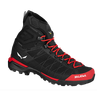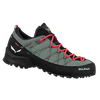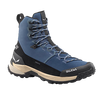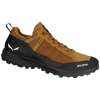Mountain Footwear for Women
Gender
Price
Color
Size
Availability
Activity
94 products
Sort by:
Relevance
- What is outdoor footwear for?
- How to choose the right women’s outdoor footwear
- What to look for when buying women’s hiking footwear
- What is a midsole?
- Do I need GORE-TEX®?
- Is it a good idea to buy footwear a size bigger?
































